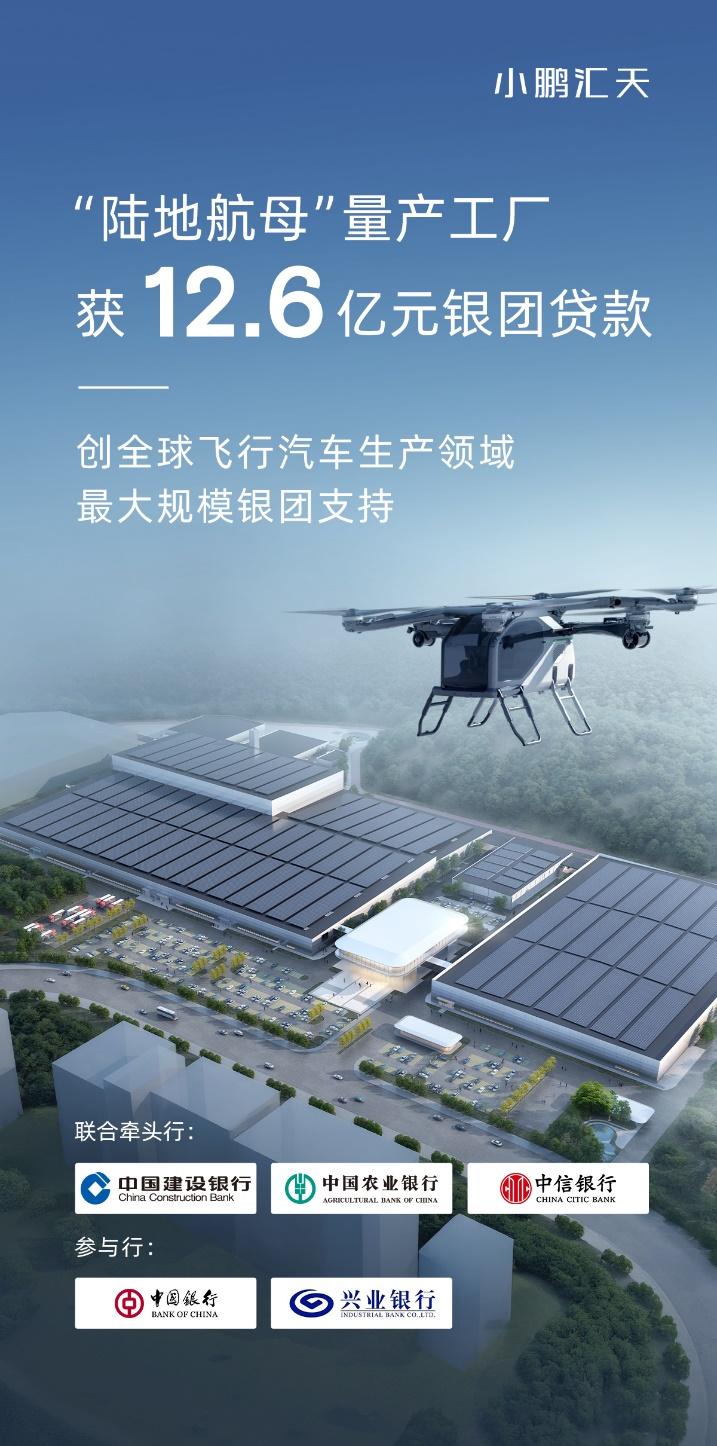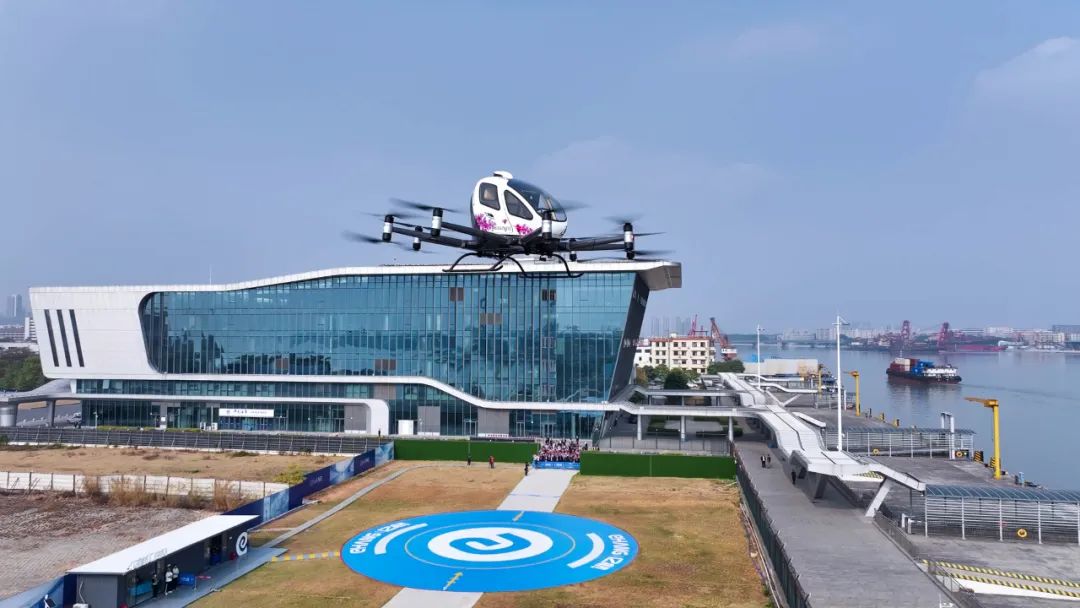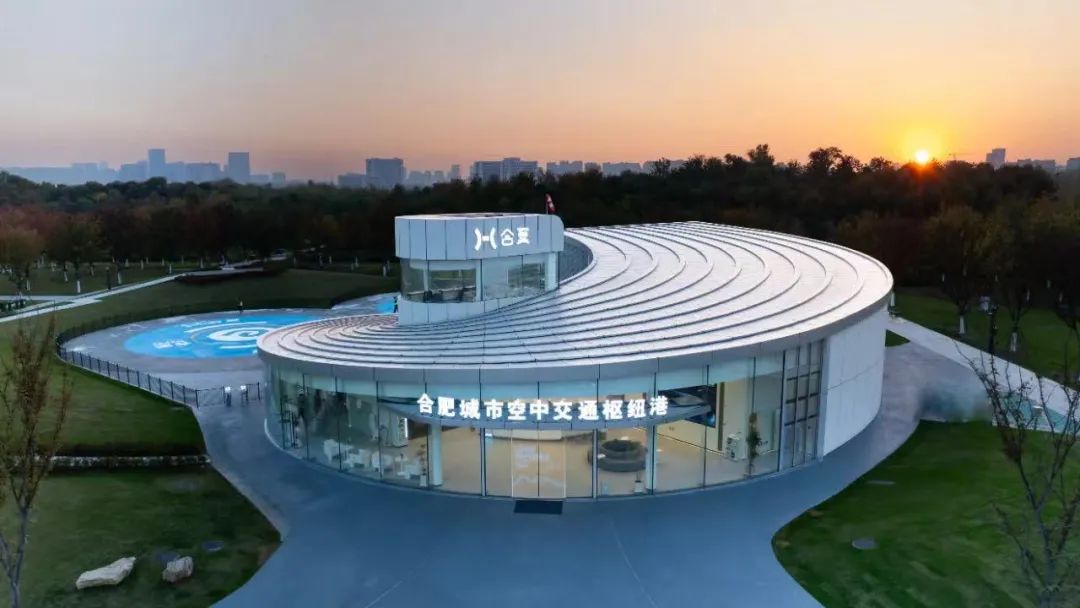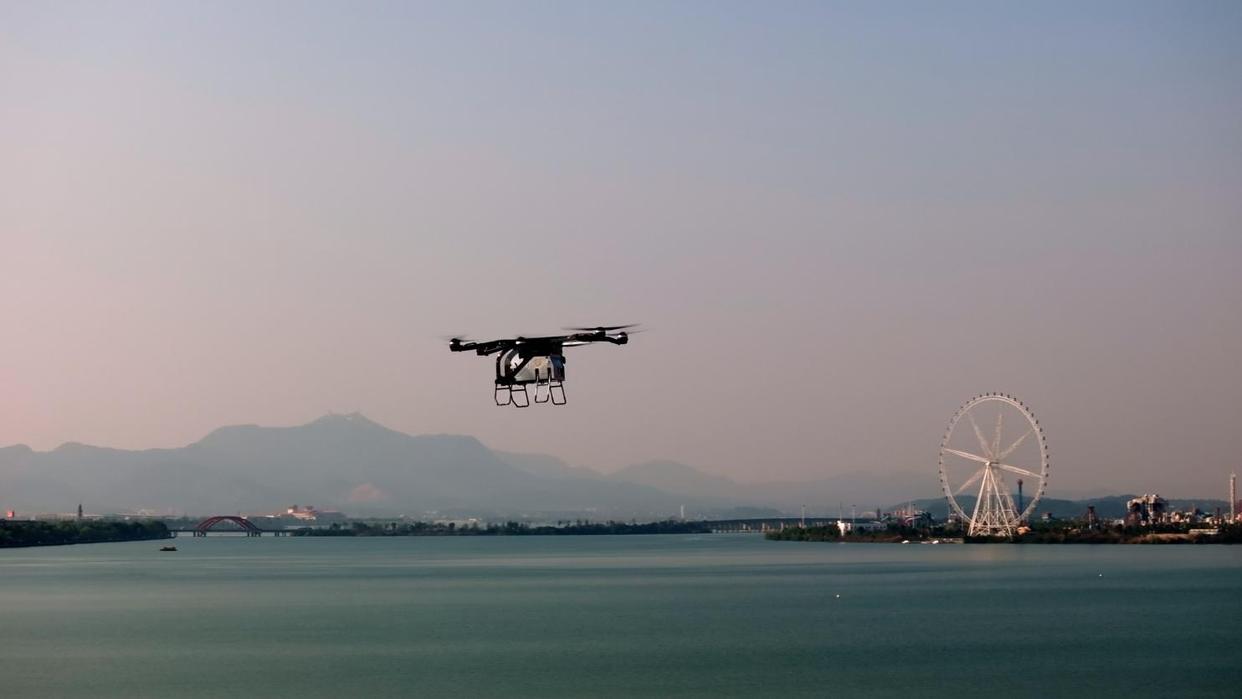看会飞的汽车如何打破交通拥堵困境!
摘要:会飞的汽车通过三维空间出行、多式联运模式打破交通拥堵,分散地面交通压力,优化交通流量分配,并借助智能交通系统调度。同时,需建设配套基础设施,重新规划城市空间以支持飞行汽车发展,提高出行效率。
Abstract: Flying cars break traffic congestion, disperse ground traffic pressure, optimize traffic flow allocation, and utilize intelligent transportation systems for scheduling through three-dimensional space travel and multimodal transportation modes. At the same time, it is necessary to build supporting infrastructure and re plan urban space to support the development of flying cars and improve travel efficiency.
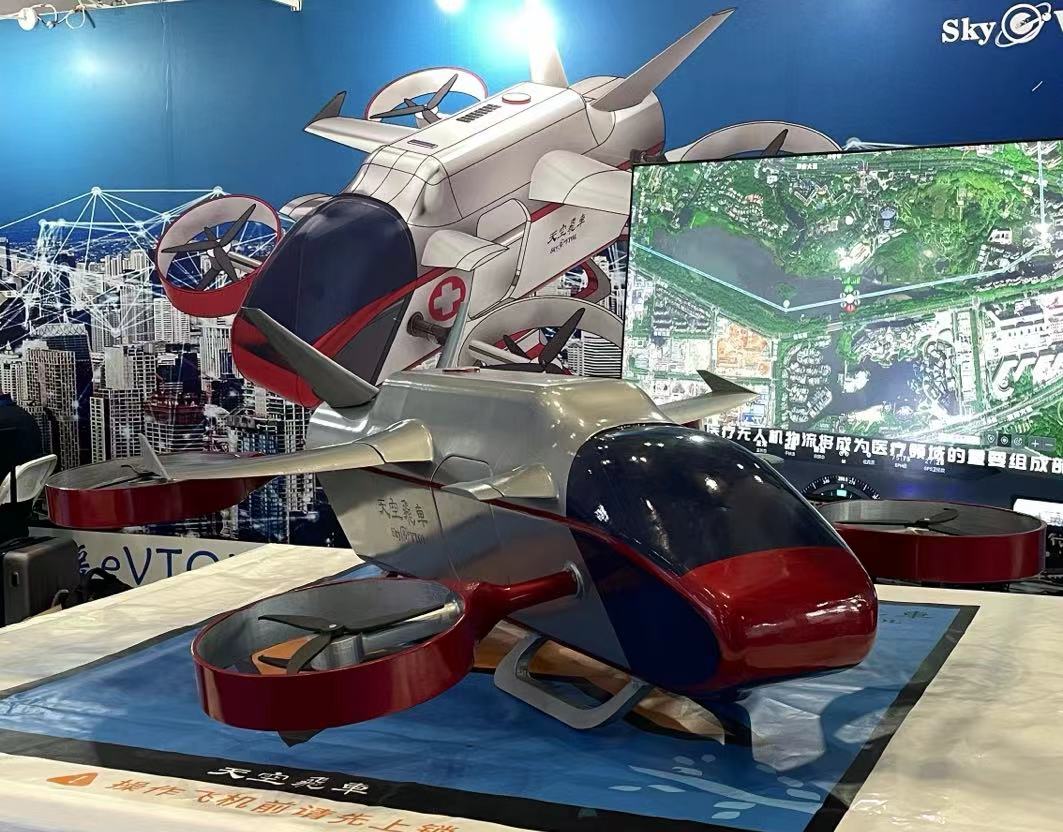
1.改变出行方式与空间利用:
三维空间出行:传统汽车只能在二维的地面道路行驶,而会飞的汽车可在三维空间自由移动,能直接飞越地面上的拥堵路段,比如在城市高楼大厦之间穿梭飞行,避开地面上因车辆过多、交通事故等原因导致的交通堵塞,大大缩短出行时间,提高出行效率。
多式联运模式:未来可能实现飞行汽车与地面交通的无缝衔接。例如,在城市周边设置飞行汽车的起降点,人们可以先驾驶普通汽车到达起降点,然后换乘飞行汽车前往目的地。或者飞行汽车的车体部分可以与地面行驶模块分离,在适合飞行的路段切换为飞行模式,不适合飞行的区域则使用地面行驶模式,实现灵活的多式联运,充分发挥两种交通方式的优势。
1. Change travel modes and space utilization:
Three dimensional space travel: Traditional cars can only travel on two-dimensional ground roads, while flying cars can freely move in three-dimensional space and directly fly over congested road sections on the ground, such as shuttling between urban high-rise buildings, avoiding traffic congestion caused by excessive vehicles, traffic accidents, and other reasons on the ground, greatly reducing travel time and improving travel efficiency.
Multimodal transportation mode: In the future, seamless connection between flying cars and ground transportation may be achieved. For example, setting up take-off and landing points for flying cars around the city, people can first drive ordinary cars to reach the take-off and landing points, and then transfer to flying cars to go to the destination. Alternatively, the body of the flying car can be separated from the ground driving module and switched to flight mode in areas suitable for flight, while ground driving mode can be used in areas unsuitable for flight, achieving flexible multimodal transportation and fully leveraging the advantages of both modes of transportation.
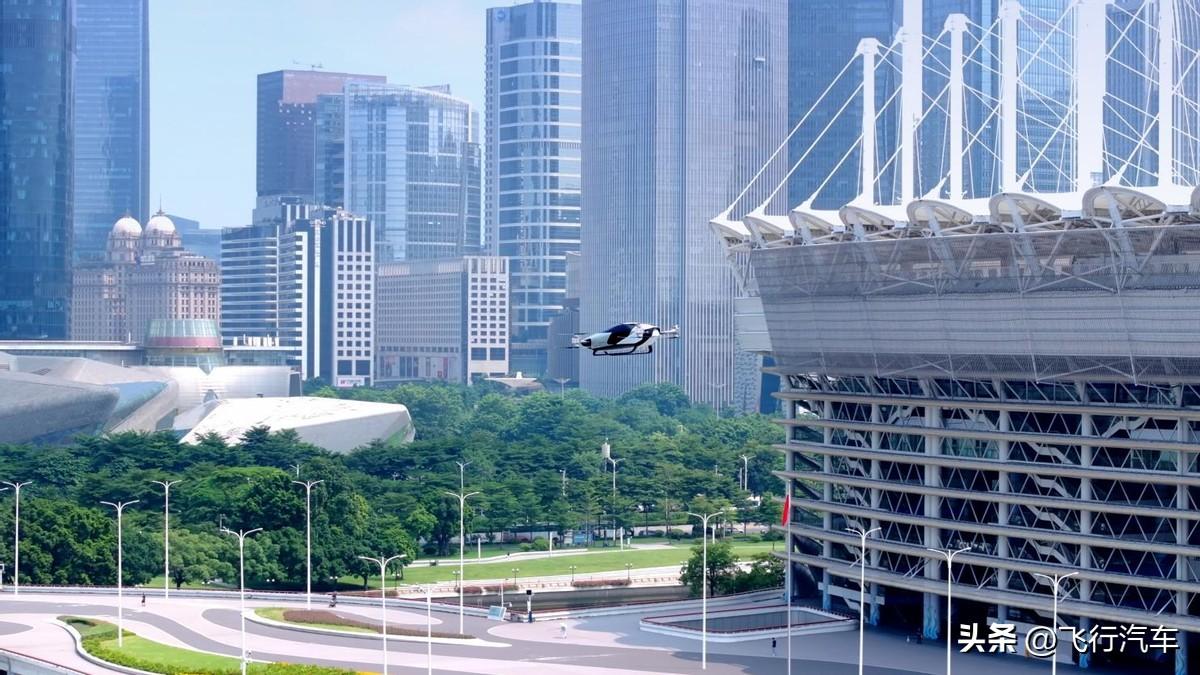
2. 优化交通流量分配:
分散交通压力:地面交通拥堵往往集中在城市的主干道、高速公路出入口等关键节点。飞行汽车投入使用后,一部分出行需求将从地面转移到空中,从而分散地面交通的压力,减少道路上的车辆数量,缓解拥堵状况。例如,在上下班高峰期,大量通勤人员可以选择乘坐飞行汽车,避免地面道路的拥堵。
智能交通调度:借助先进的智能交通系统,飞行汽车可以与地面交通系统进行信息交互和协同调度。通过实时监测交通流量、路况等信息,智能交通系统可以为飞行汽车规划最佳的飞行路线,避免飞行汽车在空中出现拥堵或碰撞等情况,同时也能更好地协调地面和空中的交通流量分配。
2. Optimize traffic flow allocation:
Disperse traffic pressure: Ground traffic congestion is often concentrated at key nodes such as main roads and highway entrances and exits in cities. After the use of flying cars, a portion of travel demand will shift from the ground to the air, thereby dispersing the pressure of ground traffic, reducing the number of vehicles on the road, and alleviating congestion. For example, during peak commuting hours, a large number of commuters can choose to take flying cars to avoid congestion on ground roads.
Intelligent transportation scheduling: With the help of advanced intelligent transportation systems, flying cars can interact with ground transportation systems for information exchange and collaborative scheduling. By monitoring real-time traffic flow, road conditions, and other information, intelligent transportation systems can plan the optimal flight route for flying cars, avoiding congestion or collisions in the air, and better coordinating the allocation of traffic flow between the ground and the air.
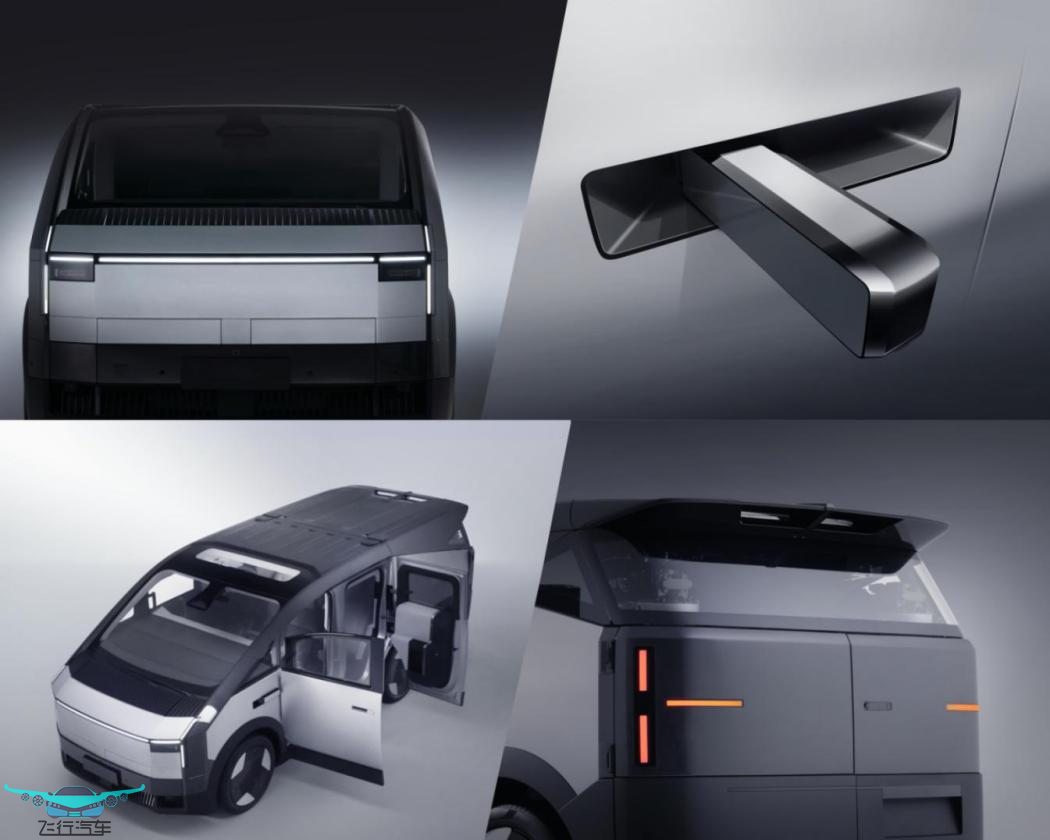 3. 提升城市交通规划:
3. 提升城市交通规划:
建设配套基础设施:为了支持飞行汽车的发展,城市需要建设相应的基础设施,如飞行汽车的起降平台、充电站、维修站等。这些基础设施的建设可以与城市的现有交通设施相结合,形成一个立体的交通网络。例如,在大型购物中心、写字楼、医院等人员密集场所附近建设起降平台,方便人们使用飞行汽车出行,同时也可以促进周边地区的经济发展。
重新规划城市空间:飞行汽车的出现将改变人们对城市空间的利用方式。城市规划者可以根据飞行汽车的特点,重新规划城市的功能分区和交通布局。例如,将一些对交通便利性要求较高的产业,如科技园区、物流中心等,布局在飞行汽车起降点附近,提高物流运输和人员出行的效率。
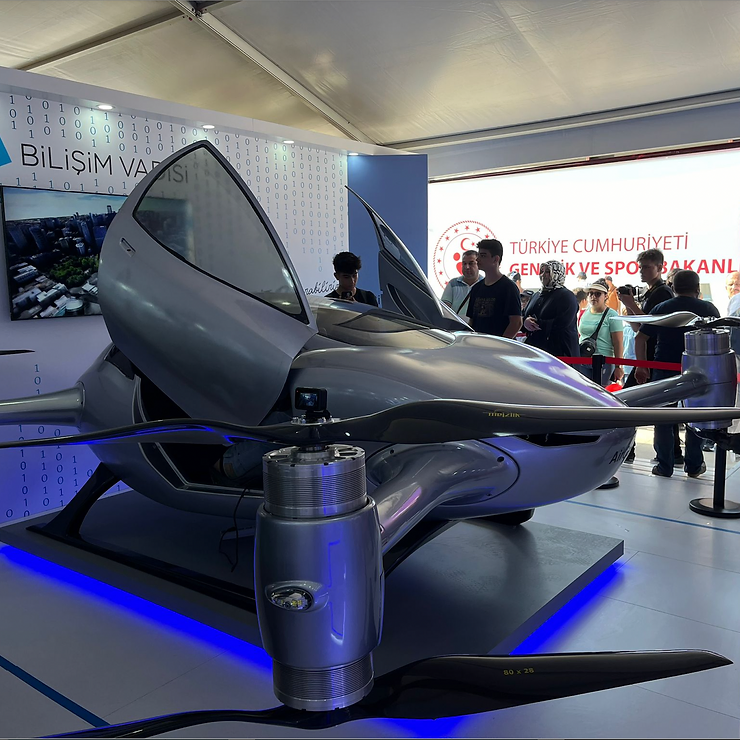
3. Improve urban transportation planning:
Constructing supporting infrastructure: In order to support the development of flying cars, cities need to build corresponding infrastructure, such as takeoff and landing platforms, charging stations, maintenance stations, etc. for flying cars. The construction of these infrastructure can be combined with the existing transportation facilities in the city to form a three-dimensional transportation network. For example, building takeoff and landing platforms near densely populated areas such as large shopping centers, office buildings, and hospitals can facilitate people's use of flying cars for travel and also promote economic development in surrounding areas.
Redesign urban space: The emergence of flying cars will change the way people use urban space. Urban planners can re plan the functional zoning and transportation layout of the city based on the characteristics of flying cars. For example, industries that require high transportation convenience, such as technology parks and logistics centers, can be located near the takeoff and landing points of flying cars to improve the efficiency of logistics transportation and personnel travel.
欢迎与我们联系
在这里,提交您的问题,我们会尽快联系您
如果急需回复,请致电400-188-0263
免责声明:本站所有信息均来源于互联网搜集,并不代表本站观点,本站不对其真实合法性负责。无商业用途,图文内容仅供参考。如侵权请告知即删,转载需注明出处。欢迎各大媒体和自媒体,注册投稿飞行汽车相关信息。(文/飞行汽车 feiauto)

